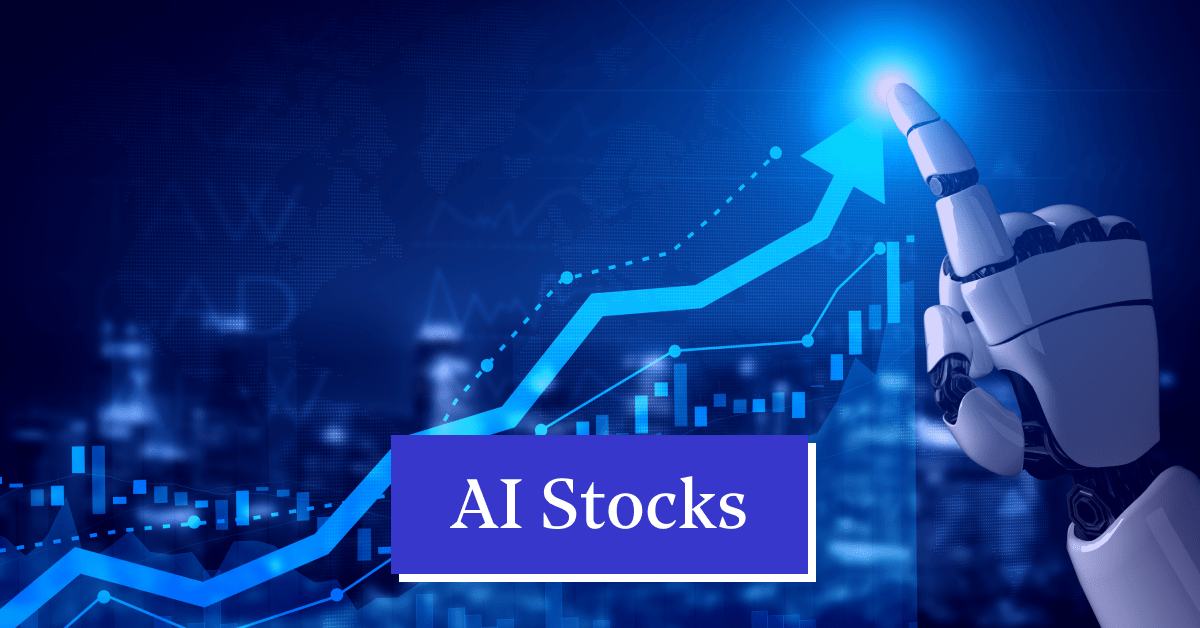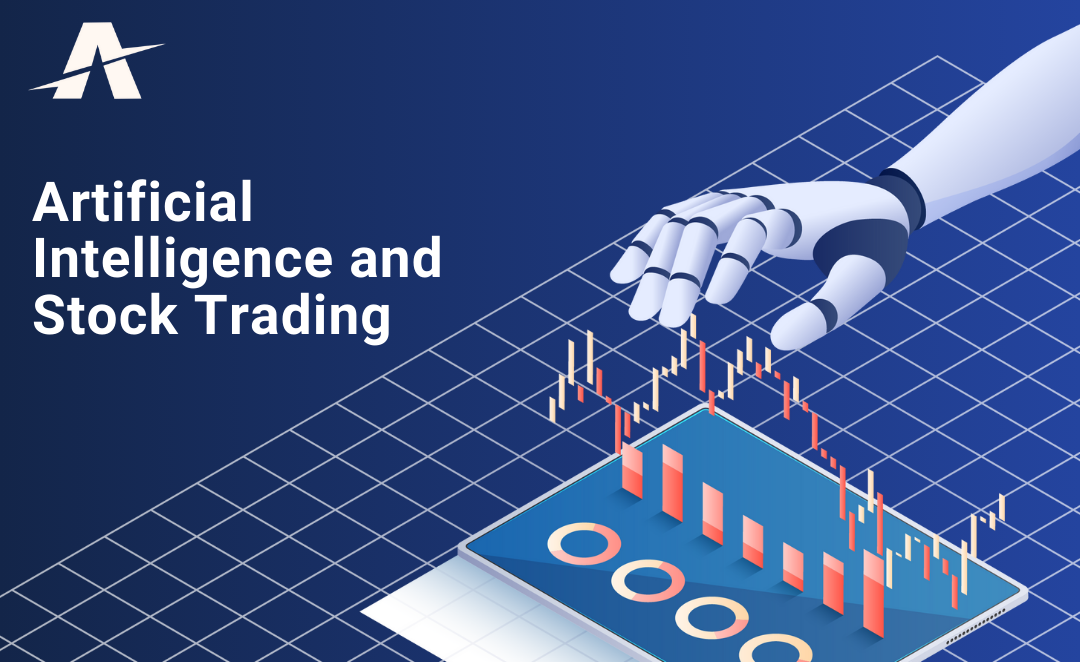Top 10 Tips To Evaluate Ai And Machine Learning Models Used By Ai Platforms For Analyzing And Predicting Trading Stocks.
Examining the AI and machine learning (ML) models employed by trading and stock prediction platforms is crucial in order to ensure that they are precise, reliable, and actionable information. Models that are not properly designed or overhyped can lead financial losses and incorrect predictions. Here are ten of the most effective tips to help you evaluate the AI/ML model of these platforms.
1. Learn the purpose and approach of this model
Clear objective: Determine whether the model was designed for short-term trades, long-term investments, sentiment analysis or risk management.
Algorithm transparence: Check whether the platform discloses types of algorithms used (e.g. Regression, Decision Trees, Neural Networks, Reinforcement Learning).
Customization: See whether the model could be customized to suit your particular investment strategy or risk tolerance.
2. Analyze model performance metrics
Accuracy: Test the accuracy of the model when it comes to predicting the future. But, don't just depend on this measurement as it may be misleading when used in conjunction with financial markets.
Precision and recall (or accuracy) Assess the extent to which your model is able to discern between real positives - e.g. accurate predictions of price fluctuations as well as false positives.
Risk-adjusted Returns: Check the model's predictions if they produce profitable trades when risk is taken into account (e.g. Sharpe or Sortino ratio).
3. Check the model with Backtesting
Historic performance: Use historical data to backtest the model and assess what it would have done in the past under market conditions.
Out-of-sample testing: Ensure your model has been tested with the data it was not used to train on in order to avoid overfitting.
Scenario Analysis: Review the model's performance under different market conditions.
4. Make sure you check for overfitting
Signs of overfitting: Search for models that are overfitted. They are the models that perform exceptionally good on training data but poorly on unobserved data.
Regularization methods: Check that the platform doesn't overfit when using regularization methods such as L1/L2 or dropout.
Cross-validation - Make sure that the platform uses cross-validation in order to assess the generalizability of your model.
5. Examine Feature Engineering
Relevant features - Make sure that the model incorporates meaningful features, such as volume, price or other technical indicators. Also, verify the sentiment data as well as macroeconomic factors.
Choose features: Ensure that the platform only selects statistically significant features and does not contain redundant or insignificant information.
Dynamic feature updates: Determine if the model can adapt to changes in market conditions or new features over time.
6. Evaluate Model Explainability
Interpretability: The model must provide clear explanations to its predictions.
Black-box platforms: Be careful of platforms that utilize too complicated models (e.g. neural networks that are deep) without explanation tools.
User-friendly insights: Make sure that the platform offers actionable insights in a format that traders can understand and use.
7. Examine the Model Adaptability
Changes in the market. Examine whether the model can adjust to changes in the market (e.g. a new regulations, an economic shift or a black swan phenomenon).
Examine if your platform is updating the model on a regular basis with new information. This will improve the performance.
Feedback loops: Ensure that the platform integrates real-world feedback from users and feedback from the user to enhance the design.
8. Check for Bias or Fairness
Data bias: Verify that the data regarding training are representative of the market and are free of bias (e.g. excessive representation in certain time periods or sectors).
Model bias - See if your platform actively monitors the presence of biases in the model predictions.
Fairness: Check whether the model favors or defy certain stocks, trading styles or even specific sectors.
9. Evaluate Computational Efficiency
Speed: See if you can make predictions by using the model in real time.
Scalability: Determine if a platform can handle many users and huge datasets without performance degradation.
Utilization of resources: Ensure that the model has been optimized to make efficient use of computational resources (e.g. the use of GPUs and TPUs).
10. Transparency in Review and Accountability
Model documentation - Ensure that the model's documentation is complete details on the model including its design, structure, training processes, and the limitations.
Third-party Audits: Verify that the model was independently audited or validated by third parties.
Error handling: Check if the platform has mechanisms to identify and fix mistakes or errors in the model.
Bonus Tips
User reviews Conduct research on users and conduct case studies to assess the effectiveness of a model in real life.
Trial time: You may utilize an demo, trial or a free trial to test the model's predictions and usability.
Support for customers - Make sure that the platform is able to provide robust support to solve problems related to model or technical issues.
These tips will aid in evaluating the AI models and ML models that are available on platforms for stock prediction. You will be able determine whether they are honest and reliable. They should also align with your goals for trading. Follow the best visit website for trade ai for blog recommendations including best ai stocks, best stocks to invest in, best ai copyright to buy, ai stocks to invest in, investing ai, best ai for trading, ai stock prediction, best stocks to invest in, investment ai, ai stock trader and more.

Top 10 Tips On How To Evaluate The Speed And Latency Of The Ai Technology For Predicting And Analyzing Stocks
Speed and latency are critical elements when it comes to considering AI stock prediction and analysis platforms, particularly for active traders, algorithmic traders as well as high-frequency traders. Milliseconds aren't the only thing that can impact the execution of trades and even profitability. Here are the top 10 suggestions for evaluating latency and speed on these platforms:
1. Data feeds that are real-time: How do you evaluate them
Data delivery speed: Ensure the platform is able to deliver real-time information with the least amount of delay (e.g. sub-millisecond latency).
The data source's proximity Find out whether the server of the platform is located near to major exchanges in order to cut down on data transmission time.
Data compression: Determine whether your platform uses efficient data compression techniques in order to accelerate the speed of data transfer.
2. Test the speed of trade execution
Order processing time: Measure how quickly the platform processes and executes trades once you've submitted your order.
Direct Market Access (DMA) - Ensure that the platform you are using supports DMA. This allows orders to be sent directly to the exchange without the need for intermediaries.
Execution Reports: Check if your platform provides specific reports on the execution of orders, including timestamps.
3. Review the responsiveness of the Platform
User interface (UI) speed: See how fast the UI on your platform responds to inputs (e.g. click buttons, loading charts).
Chart updates: Verify if charts and visualizations update in real-time, without delay.
Performance of mobile apps If you are you're using a mobile app, ensure it performs just as fast as a desktop version.
4. Look for infrastructure that is low-latency.
Servers' location The platform is running a servers with low latency that are located close to exchanges and financial hubs.
Co-location services: Find out if the platform offers co-location, which allows the hosting of your trading algorithm on servers near to the exchange.
High-speed Networks: Check the platform's use of a fiber-optic high-speed network, or other technology with low latency.
5. Test simulation speed and backtesting
Historical data processing: Test how quickly the platform process and analyzes old data to test backtesting.
Simultaneous trade simulation The platform should be capable of simulated real-time trading without any noticeable delay.
Parallel processing: Find out if the platform utilizes distributed computing or parallel processing to speed up calculations.
6. Calculate API Latency
API response time: This is the speed at the rate at which an API platform responds to requests.
Rate limits: Determine whether the API has reasonable rate limits to prevent delay during high-frequency trading.
WebSockets Support: Confirm that your platform is using WebSockets protocols for low-latency real-time streaming of data.
7. Test Platform Stability During Loading
High volume trading scenarios: Test the stability and ability to respond by simulated trading scenarios.
Check your platform out during times of high market volatility.
Stress testing: Find out if the platform offers the tools to stress test your strategies under extreme circumstances.
8. Evaluation of Connectivity and Network
Internet speed requirement: For maximum performance, ensure that your internet connection speed is at the recommended platform's speed.
Reliable Connections: To prevent interruptions, make sure that the platform can support redundant internet connections.
VPN latency. Check if you're using a VPN if this introduces latency.
9. Look for Speed Optimization Features
Pre-trade Analyses: Ensure whether the platform offers the pre-trade analysis in order to maximize order processing and execution speed.
Smart order route (SOR) You can check to determine if SOR is being used by the platform to determine the most speedy and most cost-effective execution locations.
Monitoring latency: Check if your platform has tools that let you examine and monitor latency in real-time.
Review Benchmarks and User Feedback
User reviews: Check for user feedback on the site to get an idea of its speed and latencies.
Third-party Benchmarks: Search for independent benchmarks that evaluate the performance of a platform against its peers.
Case studies: Check if the platform offers case studies, or testimonials that showcase its abilities to provide low-latency.
Bonus Tips
Trial period: You can use a free demo or trial period to test the performance and latency of the platform.
Support for customers: Make sure the platform offers assistance with issues related to latency, or for optimization.
Hardware requirements. Make sure the platform works with specific hardware, such as high-performance computers.
If you follow these guidelines, you can effectively assess the speed and latency of AI stock predicting/analyzing trading platforms and ensure that you select one that is compatible with your requirements for trading and reduces the time it takes to complete. Low latency can be crucial for high-frequency or algorithmic traders where even small delays could have a major impact on their profits. Take a look at the top rated trader ai intal advice for more tips including free ai investing app, ai stock trading, ai stock trader, trading with ai, ai trading bots, chart analysis ai, best ai trading app, best ai stocks to invest in, ai stock, ai stock and more.

Comments on “30 Great Tips For Picking AI Stock Trading Sites”